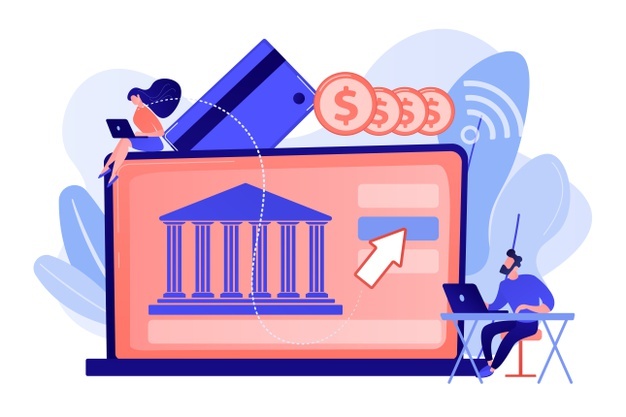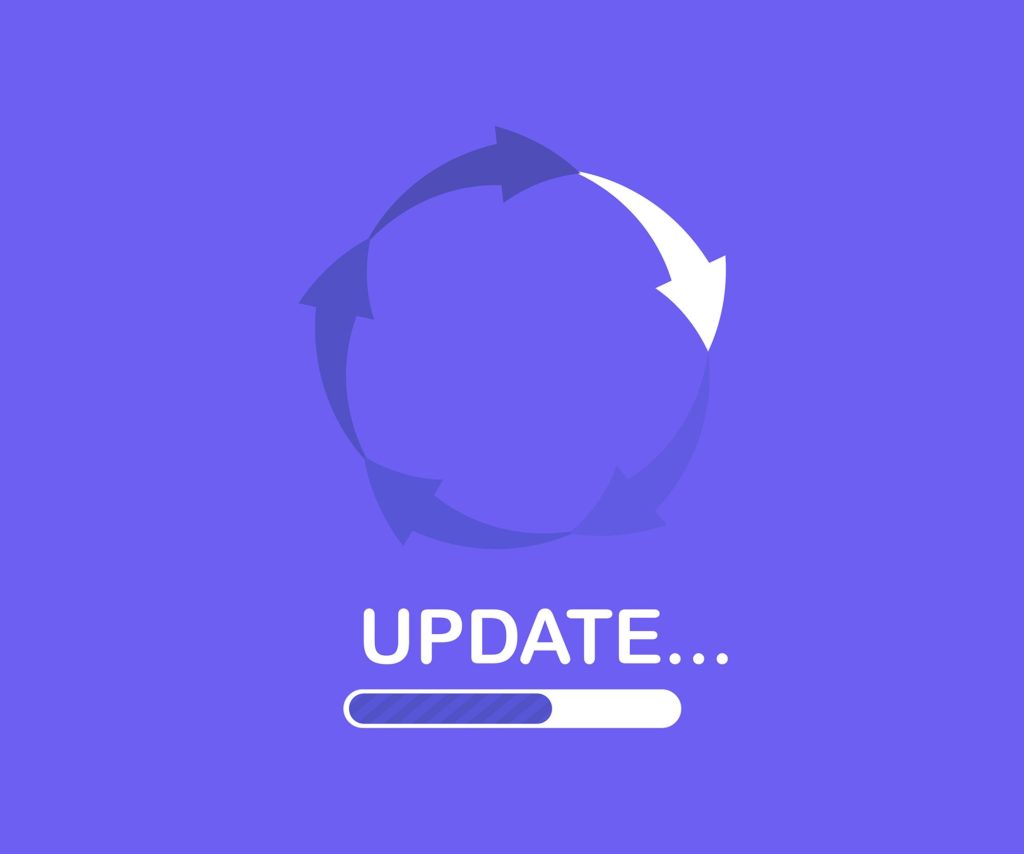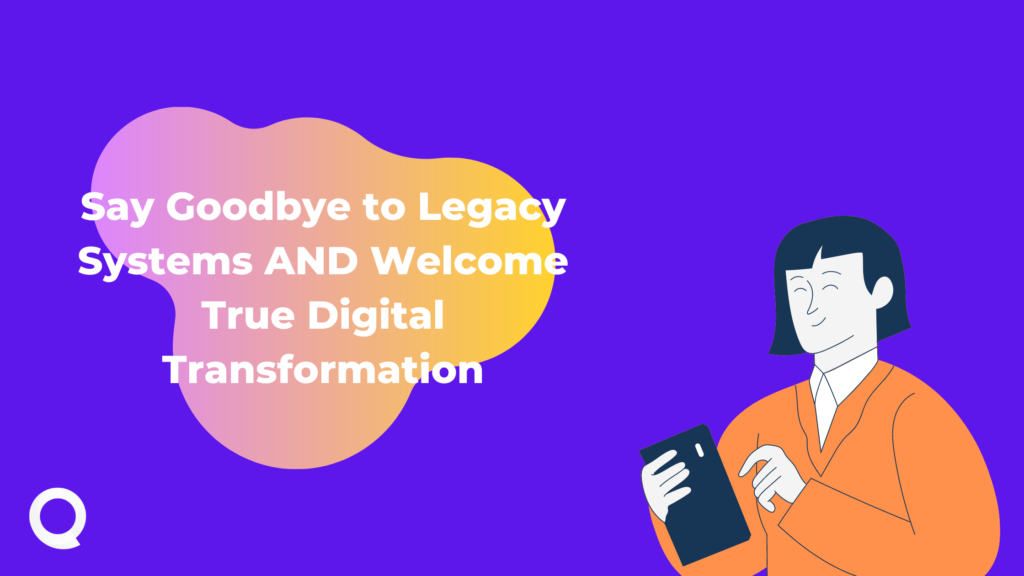A legacy system uses obsolete software and/or hardware. The system continues to suit the purposes for which it was initially built, but it does not allow for expansion. As technology evolves, the majority of organizations are confronted with issues generated by an existing system. Instead of providing companies with the most up-to-date features and services, such as cloud computing and improved data integration, a legacy system maintains a firm in the same pattern.
In this is article we’ll talk about
5 Questions to determine if it’s time to say bye to your legacy system

How much does it cost to keep the system running?
Older systems will become more expensive to maintain as time elapses after their inception. According to a study by the US Government Accountability Office (GOA), the US federal government budgeted more than $ 90 billion on information technology in 2019. Approximately 80% of this money was spent on IT system operations and maintenance key software’s.
How safe is your current system?
Vendors no longer support any older systems. This implies that if an issue develops, the original provider will be unable to assist. Because of the system’s size and rigidity, there is no line of defence to protect stored data or simple repairs in the event of a cyber assault. Although a repair is feasible, it will be relatively restricted due to the difficulty of developers in producing a legacy remedy.
Is the system compatible with new and emerging technologies?
Organizations will frequently encounter the following issues as a result of the stiff and rigid architecture of old systems:
- Data has been buried
Data from outdated systems is difficult to link to newer technology. So, if a company wants to see all of its data, the old method will be a hindrance.\
- The technical stack is disjointed and diverse
Assume a business wishes to introduce a new chat bot application. However, because the previous system is so inflexible, this firm will have a difficult time integrating this new chat bot.
- IT resources were misused
Because of the first two implications, IT teams must devote the majority of their time and resources to extracting data from disparate systems and making them functional together.
How simple is the system to operate?
Many legacy systems are challenging to deal with due to their age and lack of updated versions. Getting workers to utilize old software is time-consuming and labor-intensive, and it has a negative influence on the employee experience since they spend more time trying to figure out how to use such systems.
How beneficial is the system to your company?
This entails asking oneself difficult questions such as:
- What is the system being used for in the business?
- How frequently is it used?
- What was its initial function, and does it still serve it?
Why banks should not put off updating their legacy banking platforms?

Banks are well-known for their numerous changes. The fundamental explanation is concealed in the banking industry’s level of pressure and regulation. While many people embrace modernization and are open to new ideas, the overall pace is difficult to understand. One of the culprits in this is obsolete core banking.
Basic banking services include key financial services such as payments, loans, mortgages, and accounts, as well as the backend technology required for banks to offer these services. These essential components have a direct impact on the speed and dependability of every activity. When products and services become outdated, fulfilling consumer expectations becomes difficult.
The Immediate Advantages of Upgrading Old legacy platform

Because this is not a fashion show, looking fashionable is not the ultimate objective of banks. Let us now discuss the most tangible and concrete grounds for modernizing existing financial systems.
The following are the advantages that banks receive when they upgrade:
- Digital characteristics that are advanced
It is difficult to access the power of current technologies such as artificial intelligence, machine learning, data analytics, cloud computing, block chain, and other technologies without an updated kernel.
- Business processes have been simplified
Banks can achieve substantial gains in efficiency in day-to-day operations and maximize resources by introducing technology. This will definitely result in greater earnings.
- Increased security
Data leaks and other malicious assaults are more likely with existing systems. You will safeguard your organization and consumers from existing and future dangers by upgrading the fundamental components to match today’s security requirements.
- Gain access to lots of new digital items
Because of obsolete software, financial institutions should not miss out on new business prospects. A simple system compatible with current APIs (application programming interfaces), might serve as a foundation for developing your own
Banking as a Service (BaaS) platform. As a result, banks’ mindsets may shift from a product-driven business strategy to a platform-driven business model.
- Operating costs have been reduced.
Modernizing current banking software necessitates substantial upfront costs. However, the maintenance costs of new software and hardware are frequently far cheaper than those of an old system.
- Profiting from the value of data.
Modern banking software has a far more efficient approach to data handling, guaranteeing that no money is lost where it may be made. On the other hand, banks may provide more customized goods and services based on consumer data research.
Modernization of Legacy Banking Software
The majority of legacy banking modernization procedures include moving from a strong mainframe program to a modular cloud-based solution.
There are two types of banking systems available on the market today:
- Cloud Native
These systems are based on micro services, enable API compatibility with a wide range of external and internal services. They provide a pay-as-you-go approach that ensures infinite resources by billing the client just for the quantity consumed.
- Service Oriented Architecture (SOA)
These systems, designed to provide a quick reaction to changing market conditions, are generally represented by BaaS solutions with either licensed or subscription pricing options.
Conclusion
The moment to consider the possibility of upgrading obsolete banking software has passed. Banks and other financial institutions must adapt to the new reality imposed by fast developing fintechs. The gravity of such decisions is great, yet they will attract customers and open up new revenue streams.


